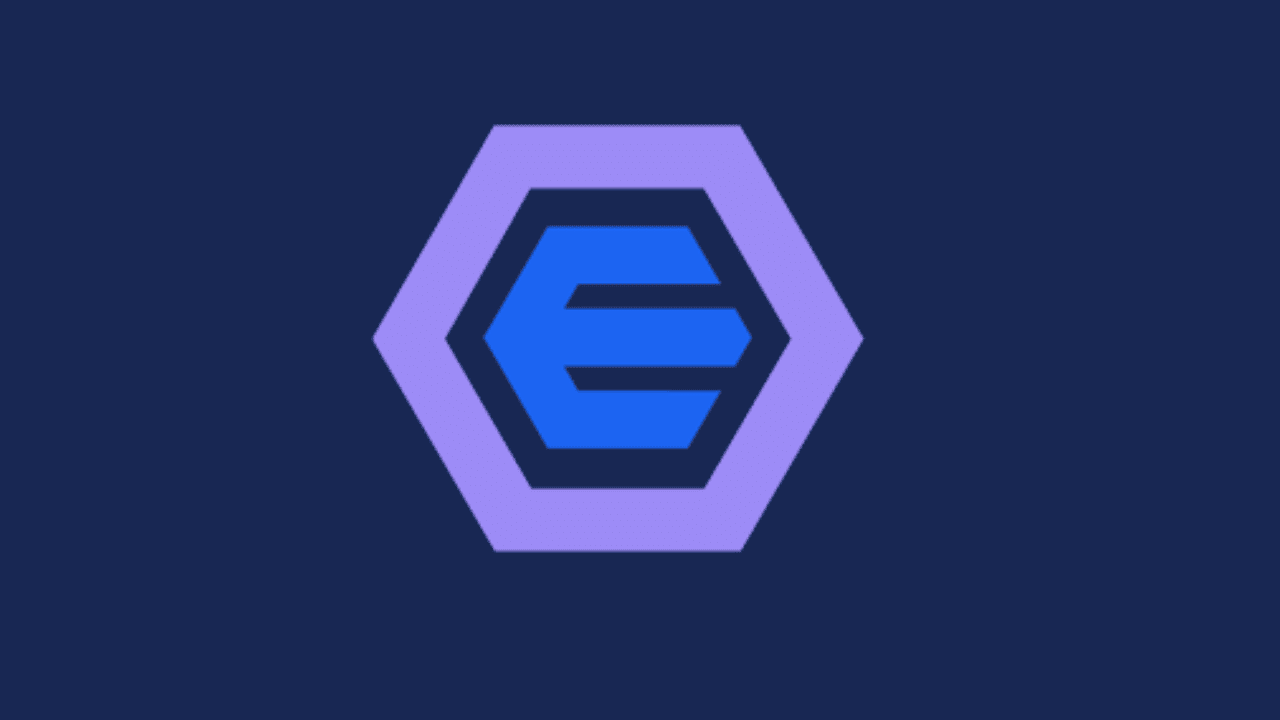
There are a whole bunch of web3 decentralized applications that have changed the way we interact with the Internet.
Like the Brave browser, which was introduced to provide better and more secure browsing, FileCoin which stores your files decentrally, Storj, Yearn Finance, and many others.
Now, this shift to web3 has also impacted the email sector with new web3 email services being introduced.
EtherMail is the first revolutionary email platform that applies the power of blockchain technology in its systems to provide users with a secure and private email experience.
The main goal of EtherMail is to seamlessly provide users with a better private encrypted architecture ensuring that no single entity has control over your email and complete ownership and control over your email data.
Unlike traditional email providers, which often collect and monetize user data, EtherMail respects your privacy and does not sell or share your information with advertisers or marketers.
This shift to web3 has been anticipated for a long period of time since the first email was sent by computer engineer Ray Tomlinson in 1971.
See also: The Top Web3 Decentralized Applications in 2023 and how they work
Traditional E-Mail
Since traditional emails have been showing their inadequacy to customers with instances like phishing attacks and spamming by marketers, web3 emailing services are here to take over and bridge the gap between the security of data and its users.
With traditional emailing services, there has been proven to be a lack of anonymity among parties looking to make a discreet discussion or transaction.
Traditional emailing has indeed fallen short when it comes to ensuring user anonymity.
One of the key limitations lies in the nature of email protocols themselves, such as SMTP (Simple Mail Transfer Protocol), which was originally designed at a time when privacy concerns were not as relevant compared to today.
These protocols (SMTP) lack built-in mechanisms to encrypt messages sent between parties, making it easier for unauthorized hosts to intercept and read the messages.
Secondly, the reliance on centralized email servers poses another challenge.
When you type an email, add your attachment, and hit the send button, it passes through various servers before reaching its intended recipient.
Each of these intermediary servers has access to the content of the email, creating potential points of vulnerability.

Also, email metadata, or biodata such as sender and recipient information, subject lines, and timestamps, can be used to track and identify users.
To address these weaknesses, new technologies have emerged, such as encrypted email services and anonymous remailers.
But it is still not enough as these services are still hosted on usually one or multiple servers at a time.
So, the trust in these hosting services isn’t really there.
Take, for instance, the potential for data breaches or unauthorized access to servers.
Even with encryption and anonymity measures in place, if the hosting service itself is under attack from hackers, the sensitive information and identities of users could be at risk.
This puts a significant burden on individuals or organizations seeking true anonymity and privacy in their email communications.
To address this concern, EtherMail has produced a promising approach with the use of decentralized email systems based on blockchain technology.
Email systems hosted on a blockchain distribute data across a network of nodes, eliminating the reliance on a single central server.
There are many benefits that this brings to every single user, which we will consider later in this post.
Earning with EtherMail
Signing up on EtherMail gives you about 250 EMT tokens of the EtherMail coin for free which can be used within EtherMail.

There are also other tasks that when completed, you will earn as much as 750 EMT tokens at once.
These EMT tokens are currently unavailable to track and trade on exchanges listed on various watchlists online. Information will be updated on Dipprofit when the token is available on centralized/decentralized exchanges.
How To Sign Up on EtherMail
Here’s a quick step-by-step guide with an illustration that shows how to sign up on EtherMail.

- Access the EtherMail website, by going to EtherMail.io on your browser.


- Click on “Sign Up for Free” and you will be asked to connect your wallet.
- On the next screen, you will be asked to select a Wallet to be connected to your EtherMail account. There are options such as TrustWallet, Metamask, or any other wallet you have installed on your mobile phone.

- An authentication request will be sent to your wallet which you’ll need to accept before processing anything else.
- Head back to your browser and finish the process. Complete all the necessary information such as a secondary email which will be used for any other verification that will be requested later.

- The next page will be to accept a protocol used to send and receive encrypted emails. It is called the “Thor Protocol”. Open your wallet, and complete the instructions that were stated.
- And that’s it. To get more tokens, you will be asked to refer a person to sign up on the EtherMail platform as a new user with your unique verification link.
There are also other rewards for connecting your Ethermail to a mail client such as Gmail, Yahoo, or Outlook.
See also: How To Make Money With Web3 in 2023
Web3 vs Web2
Web 1.0 was centered around static web pages with hyperlinks embedded in them to connect and make them accessible.
Web 2.0 on the other hand, allows a lot of users to access, create, edit, upload, and even download on multiple websites with features like blogging with WordPress and Medium, social media platforms such as Instagram, and video sites like TikTok and YouTube.
This is what most of us call the web.
Web3, whose name was originally the “Semantic Web”, is the next step in the internet. It is an emerging piece of tech and it is not yet fully defined.
Web3 is built on complex algorithms on the blockchain similar to how web2 is built on servers hosted by large-scale hosting companies which is the most important aspect of their difference.
Web2 is centralized, meaning applications and systems are managed by centralized authorities that control every aspect of the data.
In summary, Web2 is the current centralized model of the Internet, while Web3 is the emerging decentralized model that aims to redefine the way we interact, transact, and share information online.